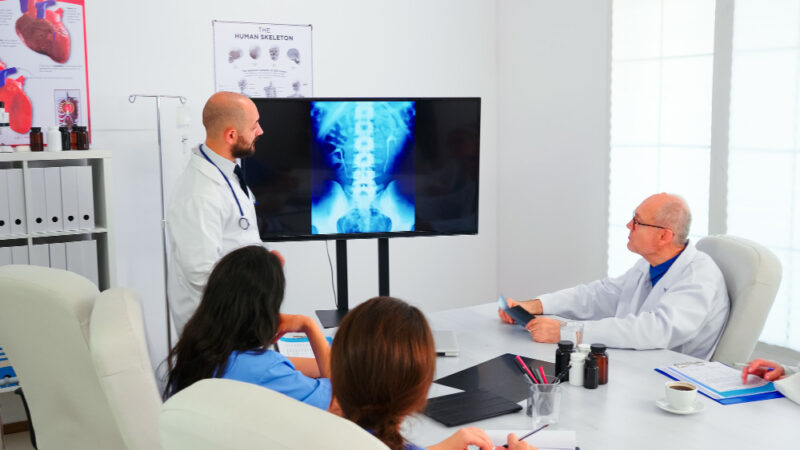In the realm of diagnostic imaging, computed tomography (CT) plays a pivotal role in providing detailed and accurate information about a patient’s internal structures. Its ability to capture cross-sectional images has revolutionised medical diagnosis and treatment planning. This listicle delves into the layers of CT technology, exploring its principles, applications, and benefits for patients and healthcare professionals.
Understanding CT Imaging
Computed Tomography, commonly known as CT, is a non-invasive medical imaging technique that utilises X-rays and advanced computer algorithms to generate detailed images of the body’s internal structures. Unlike traditional X-rays, which provide a two-dimensional view, CT scans produce cross-sectional images, allowing for a comprehensive examination of the patient’s anatomy.
Principles of CT:
Now that you have a better understanding of CT scans, the following section delves into the governing principles of CT. The imaging operates on the principles of attenuation and reconstruction. During a CT scan, X-ray beams are directed towards the patient’s body from multiple angles. As the beams pass through the body, they are absorbed or attenuated by the different tissues and structures they encounter. The attenuated X-rays are then captured by detectors, which convert them into electrical signals. These signals are processed by a computer, which applies mathematical algorithms to reconstruct the data into cross-sectional images.
Applications of CT:
CT imaging is widely used across various medical specialties due to its versatility and ability to provide detailed anatomical information. Some common applications include:
- Diagnosis of Injuries: They are invaluable in evaluating traumatic injuries, such as fractures, internal bleeding, and organ damage. The detailed images obtained through CT aid in accurate diagnosis and treatment planning, enabling prompt and appropriate medical intervention.
- Detection and Characterisation of Tumors: It plays a crucial role in oncology by aiding in detecting, staging, and monitoring tumours. It helps identify tumours’ location, size, and characteristics, facilitating treatment decisions and response assessment.
- Evaluation of Vascular Conditions: CT angiography allows for visualising and assessing blood vessels throughout the body. It aids in diagnosing conditions such as aneurysms, arterial stenosis, and pulmonary embolism, providing vital information for surgical planning or endovascular interventions.
- Assessment of Abdominal Conditions: They frequently investigate abdominal disorders, including appendicitis, liver disease, pancreatitis, and gastrointestinal tumours. The ability to capture detailed images of the abdominal organs aids in accurate diagnosis and management.
Benefits of CT:
CT imaging offers several advantages, making it an essential tool in modern healthcare:
- Enhanced Diagnostic Accuracy: The detailed and high-resolution images produced by CT scans allow healthcare professionals to visualise and analyse anatomical structures precisely. This enhances diagnostic accuracy, leading to more effective treatment strategies.
- Non-Invasive and Time-Efficient: They are non-invasive, eliminating the need for exploratory surgeries or invasive procedures. Additionally, CT imaging is relatively quick, reducing patient discomfort and enabling rapid diagnosis.
- Wide Range of Applications: The versatility of CT imaging enables its use across various medical specialties, making it an indispensable tool for diagnosing and managing a wide range of conditions.
- Safeguarding Patient Safety: CT scans utilise X-ray radiation, and technological advancements have led to the development of protocols that minimise radiation exposure while maintaining diagnostic quality. Radiology departments follow strict guidelines to ensure patient safety during CT examinations.
Conclusion:
Computed Tomography has revolutionised diagnostic imaging by providing detailed cross-sectional images of the human body. Its wide range of applications, from trauma evaluation to tumour detection, has made CT an invaluable tool in modern healthcare. With continued advancements in technology and ongoing research, CT imaging is poised to enhance diagnostic accuracy further and contribute to improved patient outcomes. As the layers of CT continue to be decoded, its role in diagnostic imaging will undoubtedly remain pivotal in the years to come.










